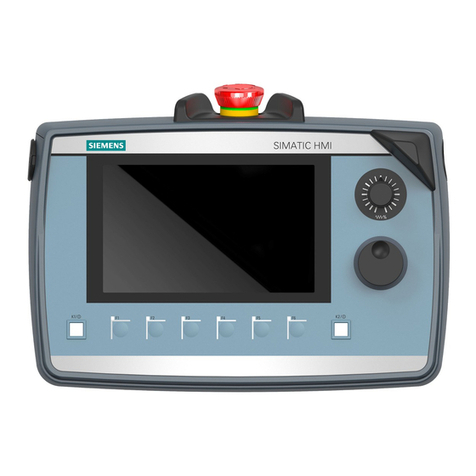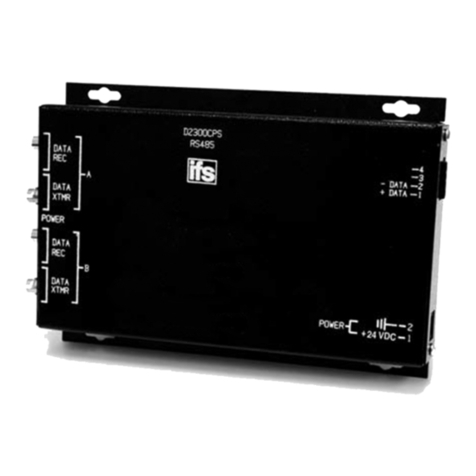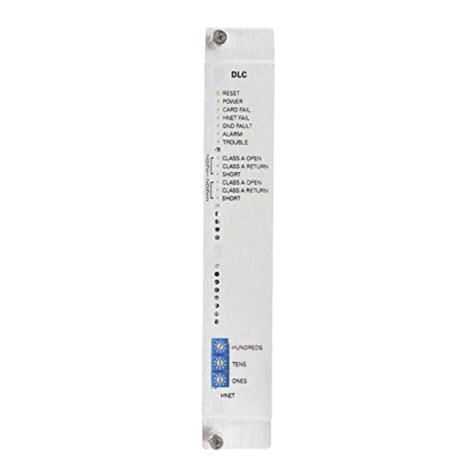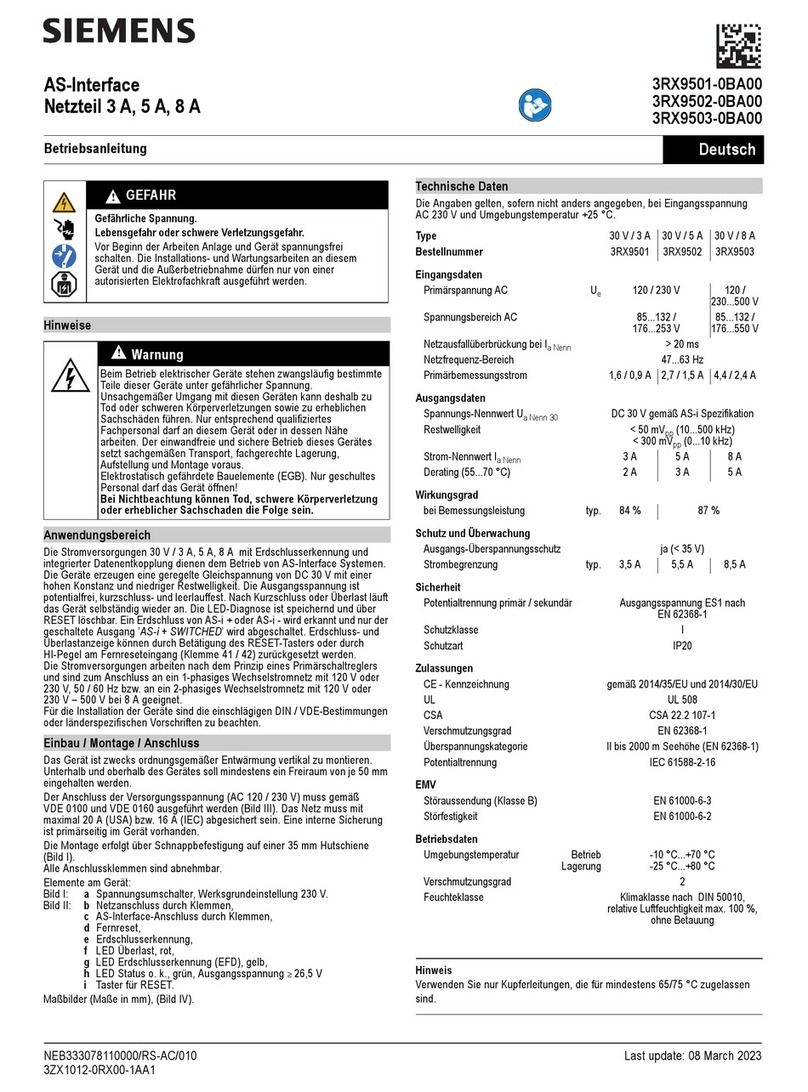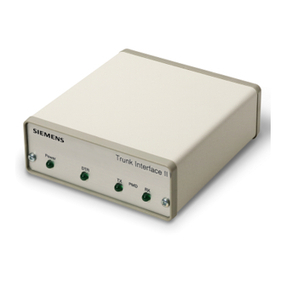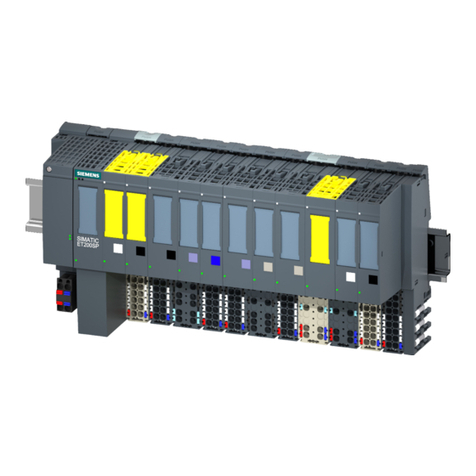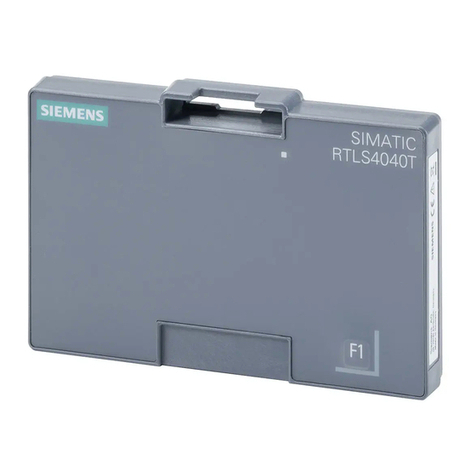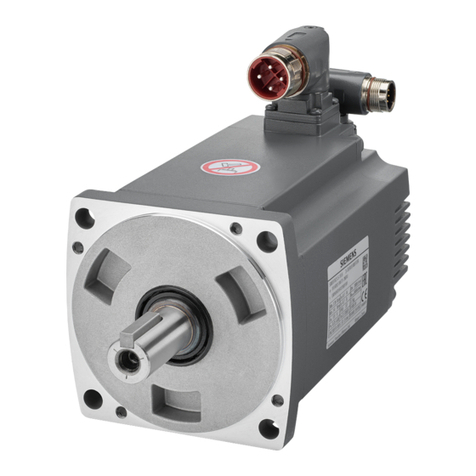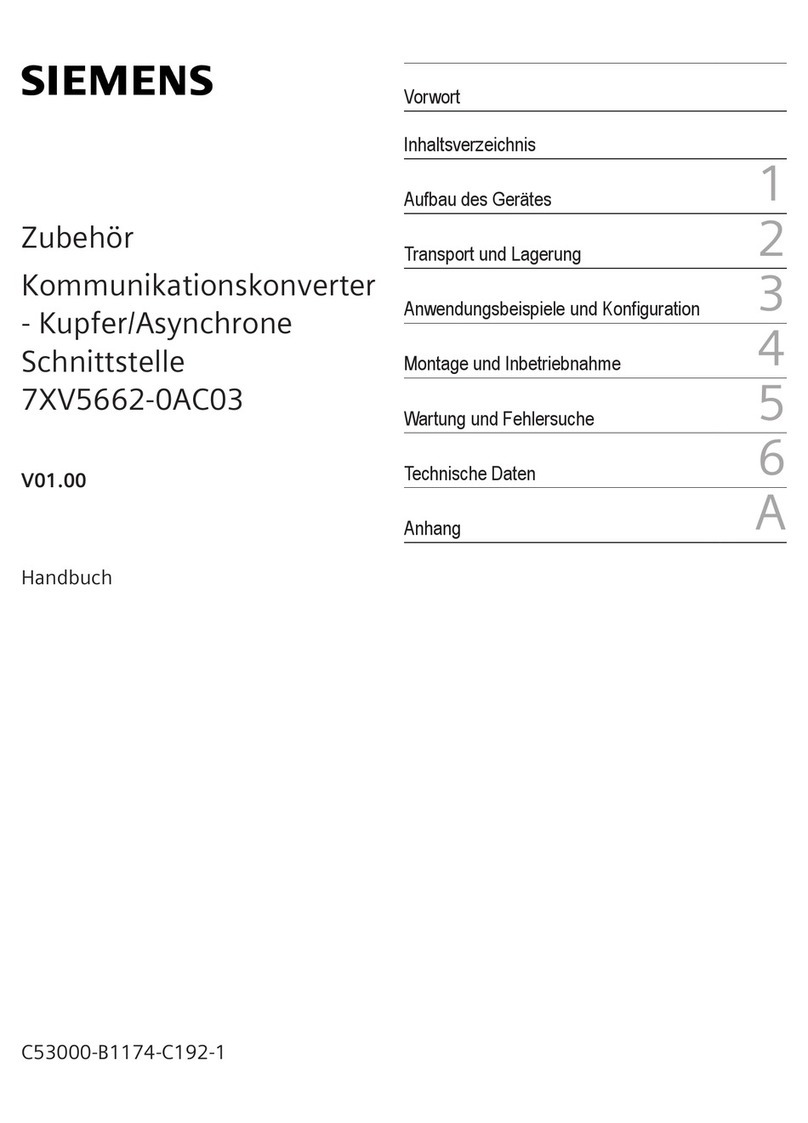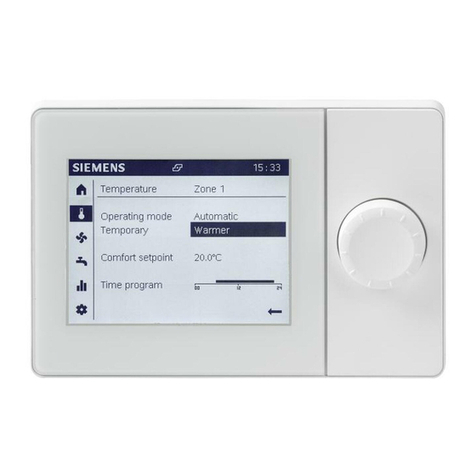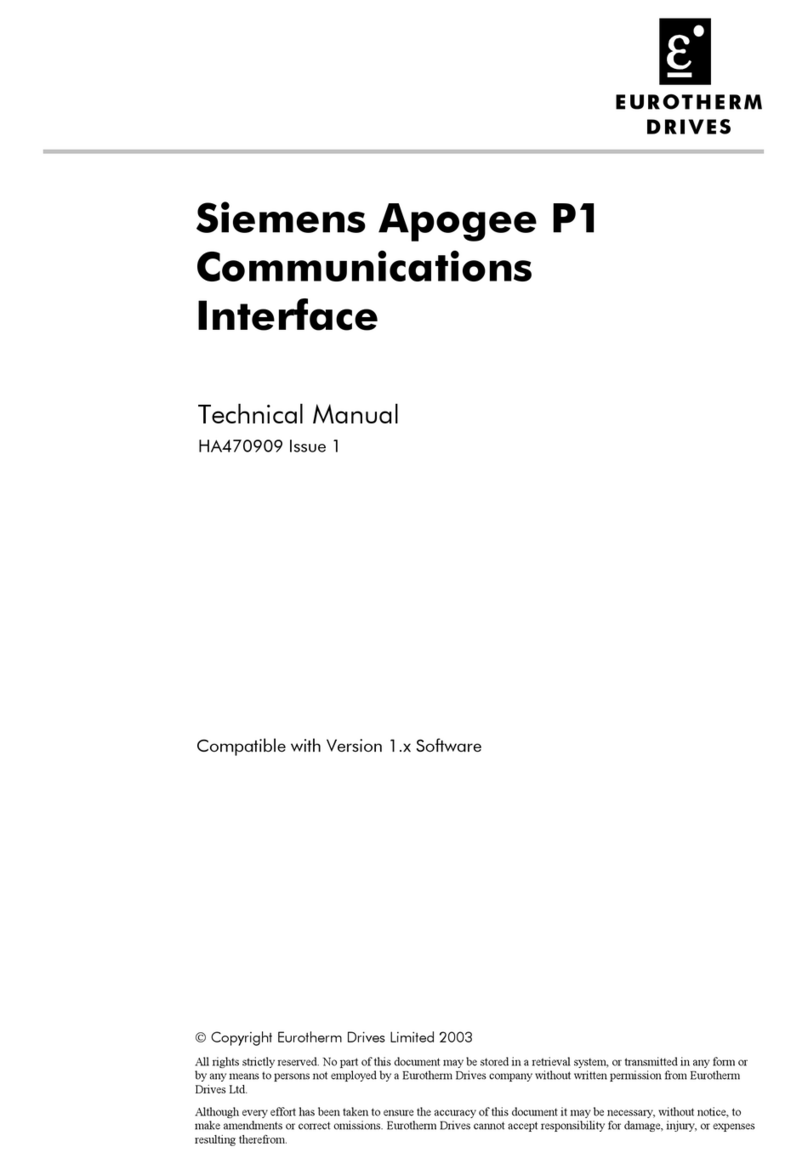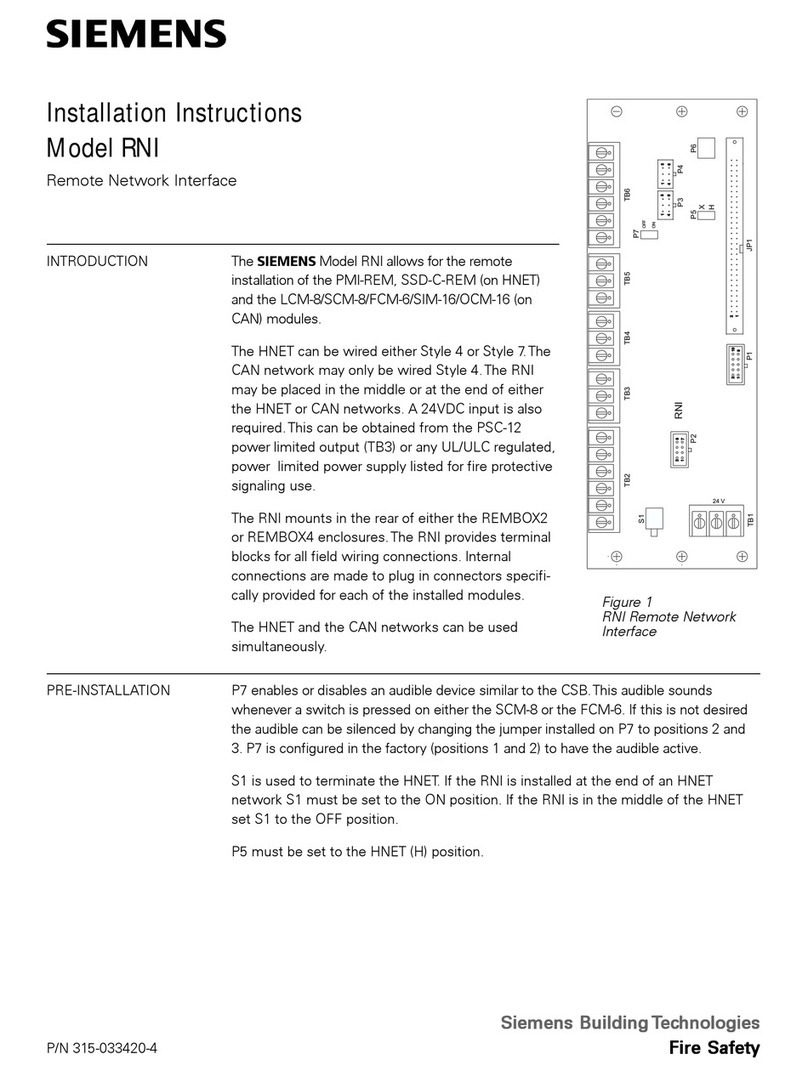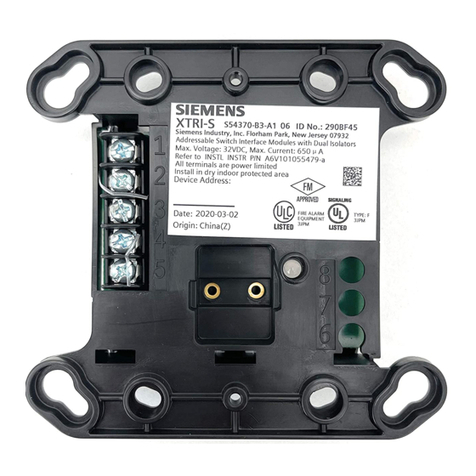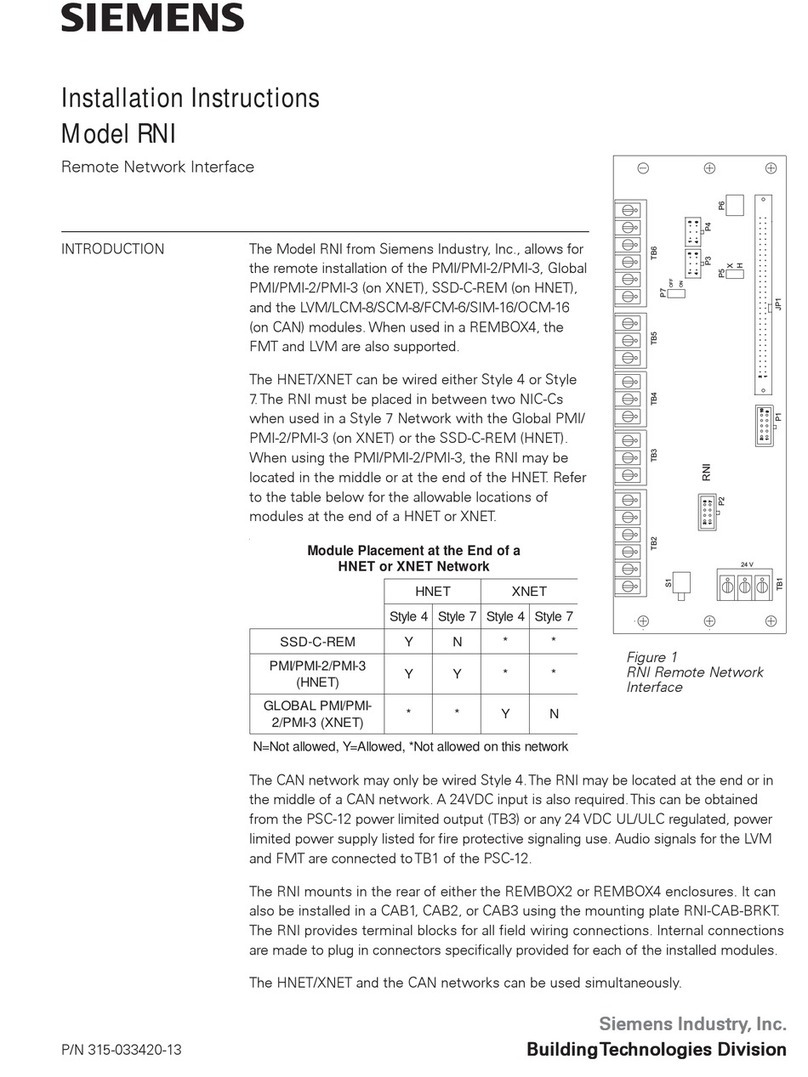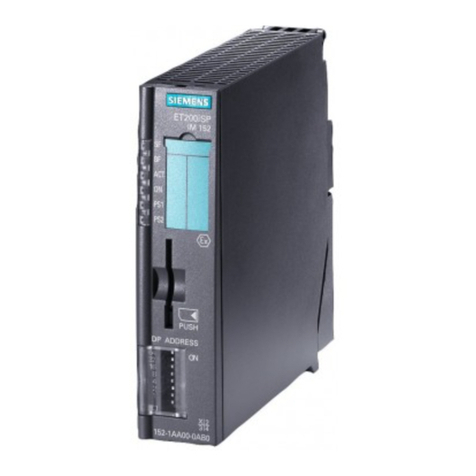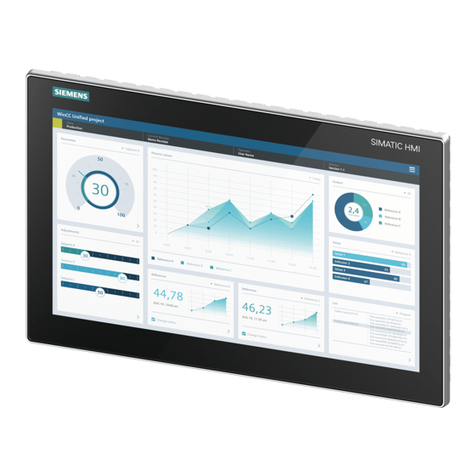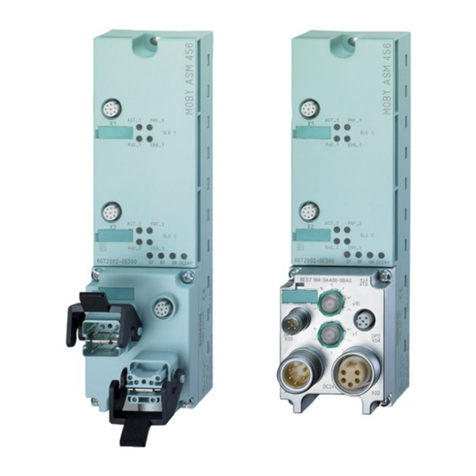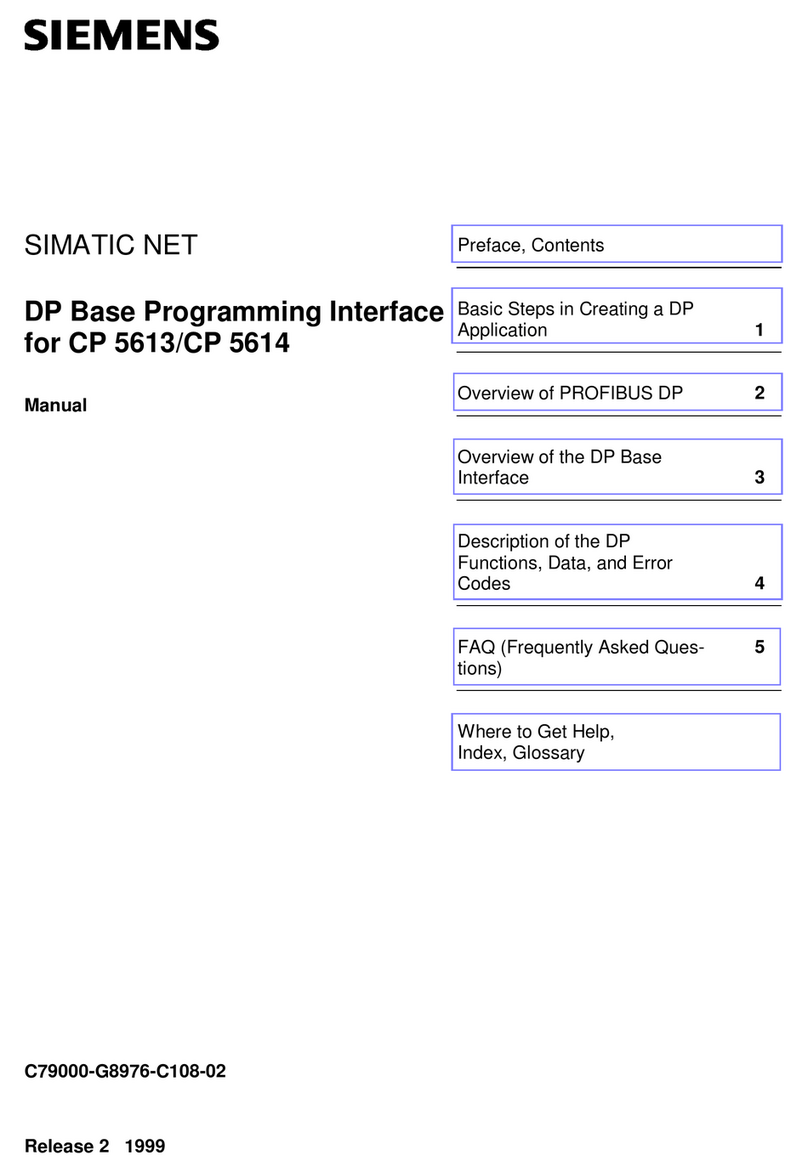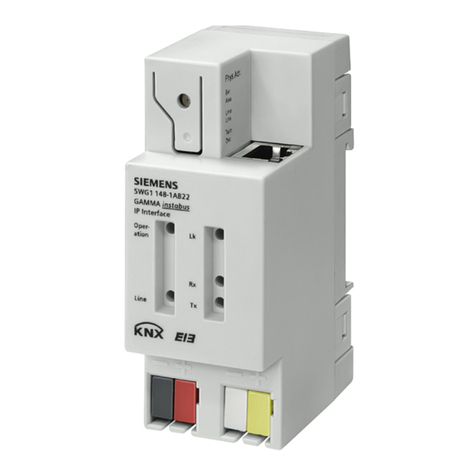
A5E02551184A DS01 Seite 2 von 2 page 2 of 2
A1
A2 A3
A4
A5
Bild / Figure 2
B1
B2
Bild / Figure 3
D
Lage und Funktion der Anzeige- und Bedienelemente
siehe Bild 2
A1 Busklemme für eindrähtige Leiter mit
0,6... 0,8 mm ∅
A2 LED zur Anzeige Normalmodus (LED aus)
oder Adressiermodus (LED ein); sie erlischt automatisch
nach Übernahme der physikalischen Adresse
A3 Lerntaste zum Umschalten zwischen Normalmodus und
Adressiermodus zur Übernahme der
physikalischen Adresse
A4 Anschluss des acht- / vieradrigen Leitungssatzes
A5 Anschlussbild des acht-/ vieradrigen Leitungssatzes
Installationshinweise
•Das Gerät kann für feste Installation in trockenen Innenräu-
men, zum Einbau in UP-Dosen verwendet werden.
VWARNUNG
•Das Gerät darf nur von einer zugelassenen Elektrofachkraft
installiert und in Betrieb genommen werden.
•Das Gerät darf nicht zusammen mit 230 V Geräten und/oder
230 V Leitungen in derselben Dose eingesetzt werden.
•Das Gerät darf nicht an 230 V angeschlossen werden.
•Gerätekombinationen eines an die Taster-Schnittstelle ange-
schlossenen Tasters mit 230V- Geräten (Steckdose) sind
nicht zulässig.
•Auf sichere Trennung (SELV) der angeschlossenen Signallei-
tungen (einschließlich eventueller Verlängerungen) gegen-
über anderen strom-/spannungs-führenden Geräten und Lei-
tungen ist zu achten.
•Die geltenden Sicherheits- und Unfallverhütungsvorschriften
sind zu beachten.
•Das Gerät darf nicht geöffnet werden.
•Bei der Planung und Errichtung von elektrischen Anlagen
sind die einschlägigen Richtlinien, Vorschriften und Bestim-
mungen des jeweiligen Landes zu beachten.
Montage
Allgemeine Beschreibung
Die Taster- Schnittstelle UP 220/21 oder UP 220/31 wird in Ge-
räteverbindungsdosen (∅60mm, 40mm tief) eingelegt. Zusätz-
lich zur Taster-Schnittstelle kann die Geräteverbindungsdose
noch einen konventionellen Geräteeinsatz aufnehmen. Zur Auf-
nahme mehrerer konventioneller Geräteeinsätze werden meh-
rere Geräteverbindungsdosen über Tunnelstutzen kombiniert
(nur die Geräteverbindungsdose zur Aufnahme der Taster-
Schnittstelle muss 40mm tief sein). Die Adern des mitgeliefer-
ten achtadrigen Leitungssatzes können durch die Tunnelstutzen
in die angereihten Geräteverbindungsdosen gelegt werden.
Leitungssatz
Der Leitungssatz besteht aus farblich gekennzeichneten Adern,
die an einem Ende mit einem Stecker fest verbunden sind. Zum
problemlosen Anschluss an die Schraub- oder Steckklemmen
der Schalter / Taster sind die freien Enden mit Aderendhülsen
versehen.
Busklemme abziehen (Bild 3)
-Die Busklemme (B2) besteht aus zwei Teilen (B2.1, B2.2) mit
je vier Klemmkontakten.
-Den Schraubendreher vorsichtig in den Drahteinführungs-
schlitz des grauen Teils der Busklemme (B2.2) einführen und
die Busklemme (B2) aus dem Gerät (B1) herausziehen.
Hinweis
Busklemme nicht von unten heraushebeln! Kurzschlussgefahr!
Busklemme aufstecken
-Die Busklemme in die Führungsnut des Gerätes stecken und
die Busklemme bis zum Anschlag nach unten drücken.
Busleitungen anschließen (Bild 3)
-Die Busklemme (B2) ist für eindrähtige Leiter mit
0,6... 0,8 mm ∅geeignet.
-Den Leiter (B2.4) abisolieren und in Busklemme (B2)
stecken (rot = +, grau = -)
Abklemmen der Busleitung (Bild 3)
-Die Busklemme (B2) abziehen und den Leiter (B2.4) der Bus-
leitung bei gleichzeitigem Hin- und Herdrehen herausziehen.
Allgemeine Hinweise
•Die Bedienungsanleitung ist dem Kunden auszuhändigen.
•Ein defektes Gerät ist mit einem Rücklieferschein der zustän-
digen Vertriebsniederlassung an folgende Adresse zu sen-
den:
SIEMENS AG, Siemensstr. 10, D-93055 Regensburg
•Bei zusätzlichen Fragen zum Produkt wenden Sie sich bitte
an unseren Technical Support:
℡+49 (0) 180 50 50-222
(0,14 €/Minute aus dem deutschen Festnetz, abweichende
Mobilfunkpreise möglich)
+49 (0) 180 50 50-223
E-Mail: support.automation@siemens.com
www.siemens.de/automation/support-request
GB
Location and Function of the Display and Operating Elements
see figure 2
A1 Bus terminal for solid conductors with
0.6 ... 0.8 mm ∅
A2 LED for indicating normal operating mode (LED off) or
addressing mode (LED on); it is extinguished automati-
cally once the physical address has been transferred
A3 Learning button for toggling between normal operating
mode and addressing mode for transferring the physical
address
A4 Connection of the eight-/four-core cable set
A5 Circuit diagram of the eight-/four-core cable set
Installation Instructions
The device may be used for permanent interior installations in
dry locations within flush-type boxes.
VWARNING
•The device must be mounted and commissioned by an
authorised electrician.
•The device must not be mounted in a box
together with 230 V devices and/or 230 V cables.
•The device must not be connected to 230 V.
•Device combinations of a push button connected to the
push button interface and 230 V devices (sockets) are not al-
lowed.
•Ensure that there is a safety separation (SELV) of the con-
nected signal cables (including possible extensions) from the
other current- and voltage-carrying devices and cables.
•The prevailing safety and accident prevention rules must be
heeded.
•The device must not be opened.
•When planning and installing electrical installations, the rele-
vant guidelines, regulations and specifications of the respec-
tive country must be observed.
Mounting
General description
The push button interface UP 220/03 or UP 220/13 is built into
in-wall boxes, ∅60 mm, depth 40 mm. In addition to the push
button interface, a standard device insert can be attached to the
in-wall box. For mounting several conventional device inserts,
several in-wall boxes must be combined via cable glands (only
the in-wall box that actually holds the push button interface re-
quires a depth of 40 mm). The cores of the eight-core cable set
supplied with the device can be inserted in the series-
connected in-wall boxes via the cable glands.
Cable set
The cable set consists of cores marked in specific colors with a
plug fixed to one end. To allow for easy connection to the
screw or plug-in terminals of switches and push buttons, fer-
rules are fixed to the free ends.
Removing the bus terminal (Figure 3)
-The bus terminal (B2) consists of two components (B2.1,
B2.2) with four terminal contacts each.
-Carefully insert the screwdriver in the wire entry slot of the
grey component of the bus terminal (B2.2) and remove the
bus terminal (B2) from the device (B1).
Note
Do not try to remove the bus terminal from underneath! There
is a risk of shorting the device!
Clipping on the bus terminal
-Insert the bus terminal in the guide slot of the push button
interface UP 220/x3 and press the bus terminal downwards
until it reaches the stop.
Connecting the bus cable (Figure 3)
-The bus terminal (B2) can be used with solid conductors,
0.6 ... 0.8 mm ∅.
-Remove the insulation from the conductor (B2.4) and insert it
in the terminal (B2) (red = +, grey = -).
Disconnecting the bus cable (Figure 3)
-Disconnect the bus terminal (B2) and remove the conductor
(B2.4) of the bus cable while twisting it backwards and for-
wards.
General Notes
•The operating instructions must be handed over to the client.
•A faulty device shall be sent with a Return Good Note for Ser-
vice provided by the appropriate Siemens sales office to the
following address:
SIEMENS AG, Siemensstr. 10, D-93055 Regensburg
•If you have further questions concerning the product please
contact our technical support:
℡+49 (0) 180 50 50-222
(0,14 €/min. from the German landline network, deviating
mobile communications prices are possible)
+49 (0) 180 50 50-223
www.siemens.com/automation/support-request
B2 B2.
5 mm
B2
B2.4
B2.1 B2.2
B2
B2.3

